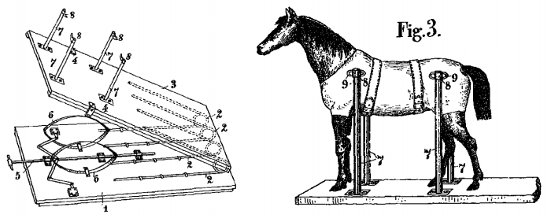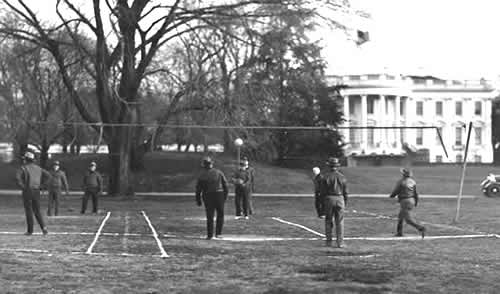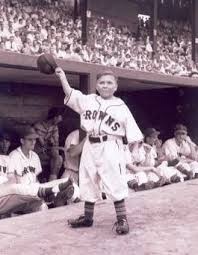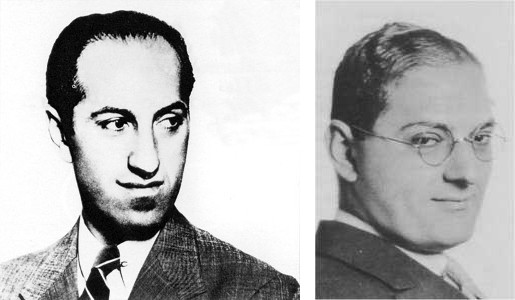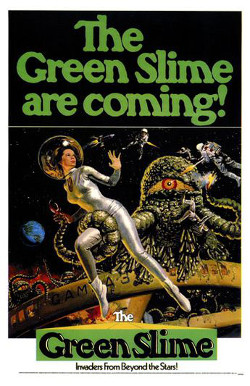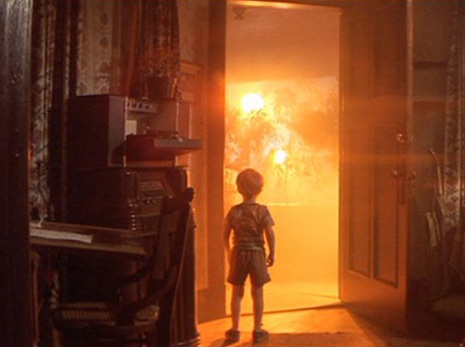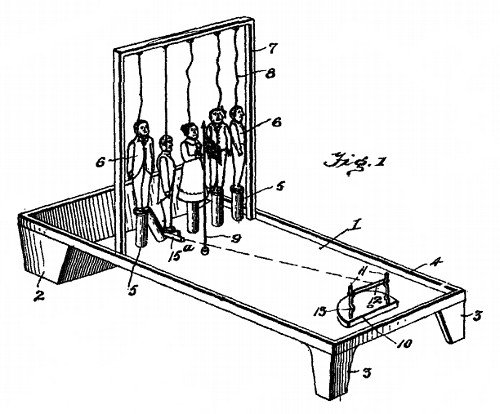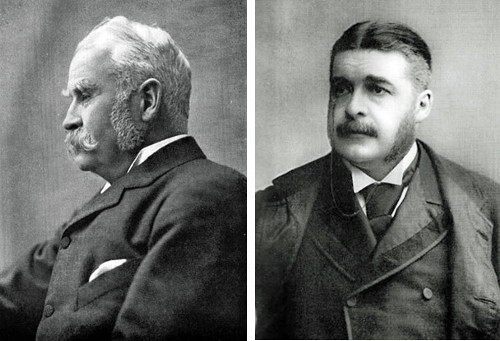Claude Shannon, the father of information theory, took an active interest in juggling. He used to juggle balls while riding a unicycle through the halls of Bell Laboratories, and he built the first juggling robot from an Erector set in the 1970s. (The machine above mimics W.C. Fields, who himself juggled in vaudeville before turning to comedy.)
Noting that juggling seems to appeal to mathematics-minded people, Shannon offered the following theorem:

F is flight time, the time the ball spends in the air
D is “dwell time,” the time it spends in the hand
V is vacancy, the time a hand spends empty
B is the number of balls
H is the number of hands
“Theorem 1 allows one to calculate the range of possible periods (time between hand throws) for a given type of uniform juggle and a given time of flight,” he wrote. “A juggler can change this period, while keeping the height of his throws fixed, by increasing dwell time (to increase the period) or reducing dwell time to reduce the period. The total mathematical range available for a given flight time can be obtained by setting D = 0 for minimum range and V = 0 for maximum range in Theorem 1. The ratio of these two extremes is independent of the flight time and dependent only on the number of balls and hands.”
To measure dwell times, Shannon actually created a “jugglometer” in which a juggler wore copper mesh over his fingers and juggled foil-covered lacrosse balls; catching the ball closed a connection between the fingers and started a clock. “Preliminary results from testing a few jugglers indicate that, with ball juggling, vacant time is normally less than dwell time, V ranging in our measurements from fifty to seventy per cent of D.”
Shannon noted that juggling gets dramatically harder as the number of balls increases. He worked out a foolproof solution, at least in theory. A light ray that starts at one focus of an ellipse will be reflected to the other focus. If the ellipse is rotated around its major axis, it will create an egglike shell with two foci. Now if a juggler stands with a hand at each focus, then a ball thrown from either hand, in any direction, will bounce off the shell and arrive at the other hand!
(“Scientific Aspects of Juggling,” in Claude Elwood Shannon: Collected Papers, 1993.)
